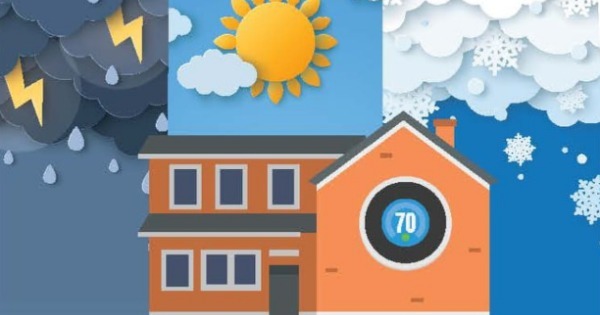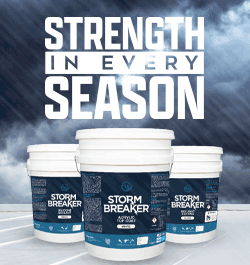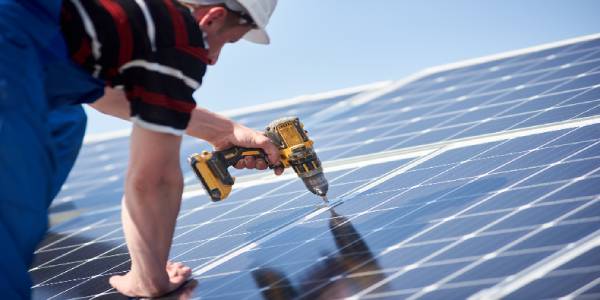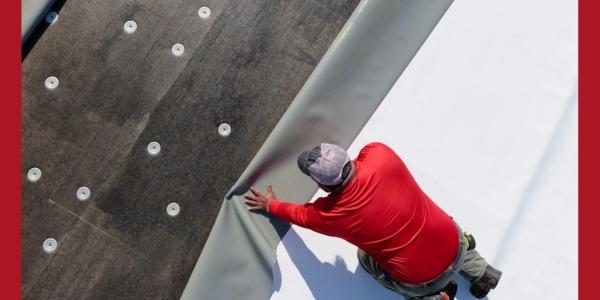How Spray Foam Reduces Greenhouse Gas Emissions

By Cass Jacoby, RCS Reporter
Why spray foam is your next green switch.
Spray foam is a cutting edge, multifunctional home insulation and air sealing product that can both increase energy efficiency as well as reduce greenhouse gas emissions. This one product, when applied, creates an airtight building envelope, sealing cracks, gaps and leaks to prevent airflow. Because spray foam is such a well-insulating product, the amount of heat needed to warm your home or air conditioning to cool your home is significantly decreased, making a home much more energy efficient.
If we take, for example, a family home in Minneapolis with duct work in an unventilated attic insulated with spray foam and compare it to the same home with duct work in a vented attic insulated and air sealed with other products, this home reduces greenhouse gasses by about 1556 kilograms of CO2 reduced per year, or 33% annual emissions of a car in greenhouse gas reduction. That is 5,638 kWh per year in energy saved.
Similarly, a single-family home with ductwork in a non-ventilated attic insulated and air sealed with spray foam in Houston compared to the same home sealed with other products saves 2556 kilowatts per year in energy. This converts greenhouse gas reduction to 90 kilograms of CO2 per year, or about 20% reductions of the annual emissions in a car.
Clearly, spray foam increases energy efficiency, thus cutting back on greenhouse gasses. If all 115,000,000 homes occupied in the United States by the end of 2020 were to be insulated with spray foam, the potential aggregate energy savings could be as high as 648.37 billion kWh per year, meaning 178.94 billion kg of CO2 emissions a year would be reduced. This would reduce the total United States greenhouse gas emissions by 3.5% annually and could reduce emissions related to home heating and cooling by 41%, essentially removing the greenhouse gas emissions of 38.9 million cars from the road per year.
Energy efficiency is one of the top ways we can negotiate climate change. Reducing the amount of greenhouse gasses we release into the air can help us cut back on our carbon footprint and contribute less to global warming.
Learn more about General Coatings in their RoofersCoffeeShop® Directory or visit www.generalcoatings.net.






















Comments
Leave a Reply
Have an account? Login to leave a comment!
Sign In